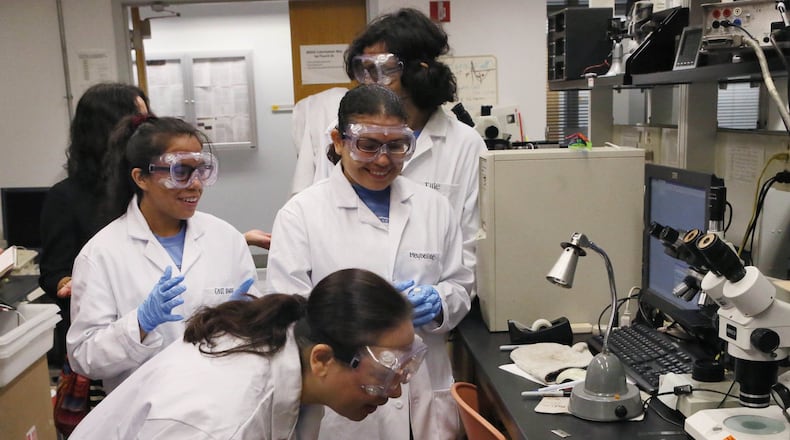If technological innovation is a sign of progress, then Atlanta is progressing nicely.
The only other Georgia rankings in the list are Augusta-Richmond County at 72, and the north Georgia area that is lumped in with Chattanooga, Tenn. While Chattanooga is third in highest annual median wage growth for STEM workers, Augusta is near the bottom at 97.
The analysis lists only the top and bottom five in each category, so Atlanta's wage ranking isn't listed.
That's good news, considering the fact that about a million of such highly skilled jobs are needed to ensure the U.S. remains competitive against the world's top innovators. In 2012, the federal government announced its plans to increase STEM jobs by that many over the next decade.
Given such high demand, WalletHub said, STEM careers are some of the most lucrative in the country, earning higher salaries and facing lower threats of unemployment compared with non-STEM workers. In fact, the annual average wage for all STEM jobs was $79,640 in 2013, the Bureau of Labor Statistics reported last year. That's 71 percent more than the national annual average wage of $46,440 for all jobs.
To help STEM professionals find the best markets for their valuable occupations, WalletHub analyzed the 100 largest metropolitan statistical areas in the U.S. across 11 key metrics. The data set includes such metrics as job openings per capita for STEM graduates, annual median wage growth for STEM jobs and the projected number of STEM jobs needed in 2018.
More news of the day:
About the Author
Keep Reading
The Latest
Featured




